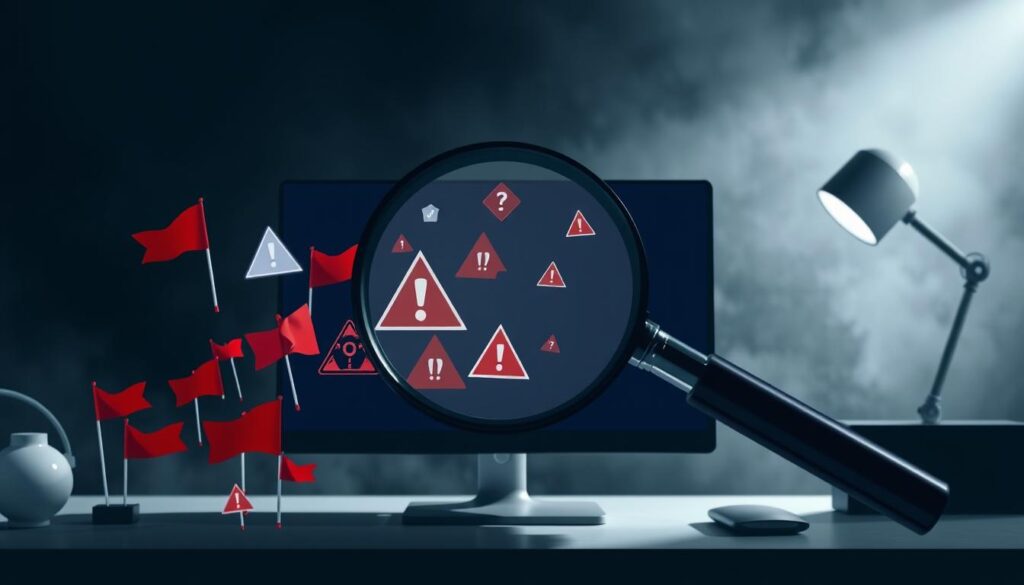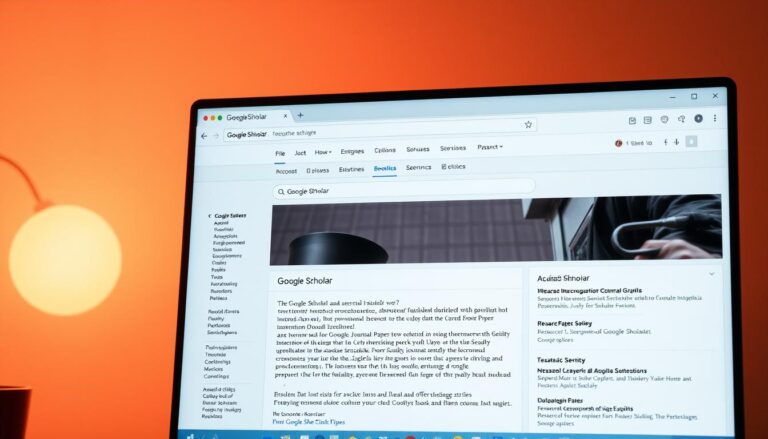How to Evaluate the Credibility of Online Educational Resources
In today’s digital age, evaluating the credibility of online educational resources is crucial. With the vast amount of information available online, it’s essential to teach students how to critically assess the quality of online resources.
The internet offers a wealth of information, but not all sources are reliable. To make informed decisions, it’s vital to identify trustworthy sources. When comparing online degree programs, for instance, one must consider factors like accreditation and reviews from current and former students.
Developing critical thinking skills is key to navigating online research effectively. By understanding what makes a source credible, individuals can make better use of online educational resources.
The Importance of Credible Online Learning Resources
Credible online learning resources play a vital role in shaping our understanding and decision-making processes. Using unreliable sources can lead to negative consequences, such as questioning one’s decisions and relying on personal opinions rather than factual data.
Relying on credible sources increases trustworthiness and credibility. This is particularly important in education, where students and educators alike depend on online resources to access accurate and reliable information.

The importance of reliability in online resources cannot be overstated. Credible online learning resources contribute to effective communication and trustworthiness, making them essential for successful learning outcomes.
By prioritizing credible online learning resources, individuals can ensure that their decisions are informed by accurate and trustworthy information, ultimately leading to better outcomes.
Understanding Source Authority and Expertise
When assessing the credibility of online resources, understanding the authority and expertise of the source is crucial. Evaluating the author’s credentials is a fundamental step in this process.
The credentials of the author, including their qualifications and experience in the subject matter, provide insight into their level of expertise. For instance, an article on medical research written by a renowned scientist in the field carries more weight than a similar article by an unknown author.

The publication venue is another critical factor. Peer-reviewed journals, for example, have a rigorous review process that enhances the credibility of the published research. Understanding the publication’s reputation and its target audience can also provide context.
Potential biases of the author or publication should also be considered. A balanced view that acknowledges different perspectives is a hallmark of credible sources. Being aware of these biases helps in evaluating the credibility of the information presented.
By carefully examining the source authority and expertise, individuals can make more informed decisions about the credibility of online educational resources.
How to Evaluate the Credibility of Online Educational Resources
In the digital era, it’s essential to know how to evaluate the credibility of online educational resources effectively. With the vast array of information available online, distinguishing between credible and misleading content is crucial for learners, educators, and researchers alike.
Currency: Is the Information Up-to-Date?
One of the primary factors in evaluating online educational resources is their currency. Outdated information can be misleading or irrelevant, especially in fields that evolve rapidly, such as science and technology. To assess currency, look for the publication or update date on the resource. Websites that are regularly updated are more likely to provide current information.
Relevance: Does It Meet Your Educational Needs?
Relevance is another critical criterion. The resource should align with your learning objectives or research needs. Assess whether the content covers the topics you’re interested in and if it’s at an appropriate level for your needs, whether beginner, intermediate, or advanced.

Authority refers to the credibility of the author or the organization behind the online educational resource. Reliable resources are typically created by experts or reputable institutions. Check for author credentials, institutional affiliations, or organizational backgrounds to gauge authority.
Accuracy: Is the Information Correct?
Accuracy involves verifying that the information provided is correct and supported by evidence. Look for citations, references, or bibliographies that back up the claims made in the resource. Cross-checking information with other credible sources can also help confirm accuracy.
Purpose: Why Was This Created?
Understanding the purpose behind an online educational resource can reveal potential biases or motivations. Determine if the resource aims to educate, persuade, or sell. Resources with a clear educational purpose are generally more reliable than those with commercial or ideological agendas.
By carefully evaluating online educational resources based on these criteria, individuals can make informed decisions about the credibility and usefulness of the information they consume. This critical evaluation skill is essential in navigating the vast digital landscape effectively.
Red Flags and Warning Signs
When assessing online educational resources, it’s crucial to watch out for red flags that may indicate a lack of credibility. One of the primary warning signs is biased or misleading information. This can manifest as a clear agenda or an attempt to sway opinion rather than provide balanced information.

Another significant red flag is the lack of credible sources or references. Online resources that fail to cite their sources or provide evidence to support their claims should be treated with skepticism. Furthermore, resources with poor grammar, spelling mistakes, or outdated information can also be indicators of a lack of credibility.
It’s also essential to be cautious of resources that seem too good (or bad) to be true or those that use sensational or provocative language. These tactics are often used to grab attention rather than provide reliable information. When evaluating online resources, being aware of these red flags and warning signs can help you make more informed decisions about the credibility and reliability of the information presented.
By being vigilant and recognizing these warning signs, learners can better navigate the vast array of online educational content and ensure they are accessing high-quality, credible information.
Practical Tools for Assessing Educational Resources
With the vast amount of educational content available online, practical tools are needed to assess their credibility. Educators and learners can utilize various online inquiry tools and strategies to evaluate the quality and reliability of educational resources.
One effective method is using think-aloud lessons, where educators verbalize their thought process while evaluating online content. This approach helps in identifying the criteria used for evaluation and makes the process more transparent.
Online inquiry tools, such as fact-checking websites and educational resource evaluation rubrics, provide structured frameworks for assessing educational resources. These tools help in examining the authority, relevance, and accuracy of online content.
By integrating these practical tools into educational settings, educators can foster a culture of critical evaluation. This not only enhances the quality of learning materials but also equips learners with the skills to discern credible sources independently.
Effective online evaluation involves a combination of these tools and a critical mindset. By doing so, educators can ensure that the educational resources used are reliable, relevant, and of high quality.
Conclusion: Developing Critical Evaluation Habits
Developing critical evaluation habits is crucial when assessing online educational resources. By applying the strategies and tools discussed in this article, individuals can become more discerning and effective in their online research.
Critical evaluation habits enable learners to distinguish between credible and misleading information, fostering a culture of critical thinking and media literacy. As online educational resources continue to grow, it is essential to cultivate these habits to navigate the vast amount of information available.
By incorporating critical evaluation into daily research routines, individuals can ensure they are utilizing high-quality online educational resources, ultimately enhancing their learning experience. As a result, developing critical evaluation habits is vital for achieving academic success in today’s digital age.







